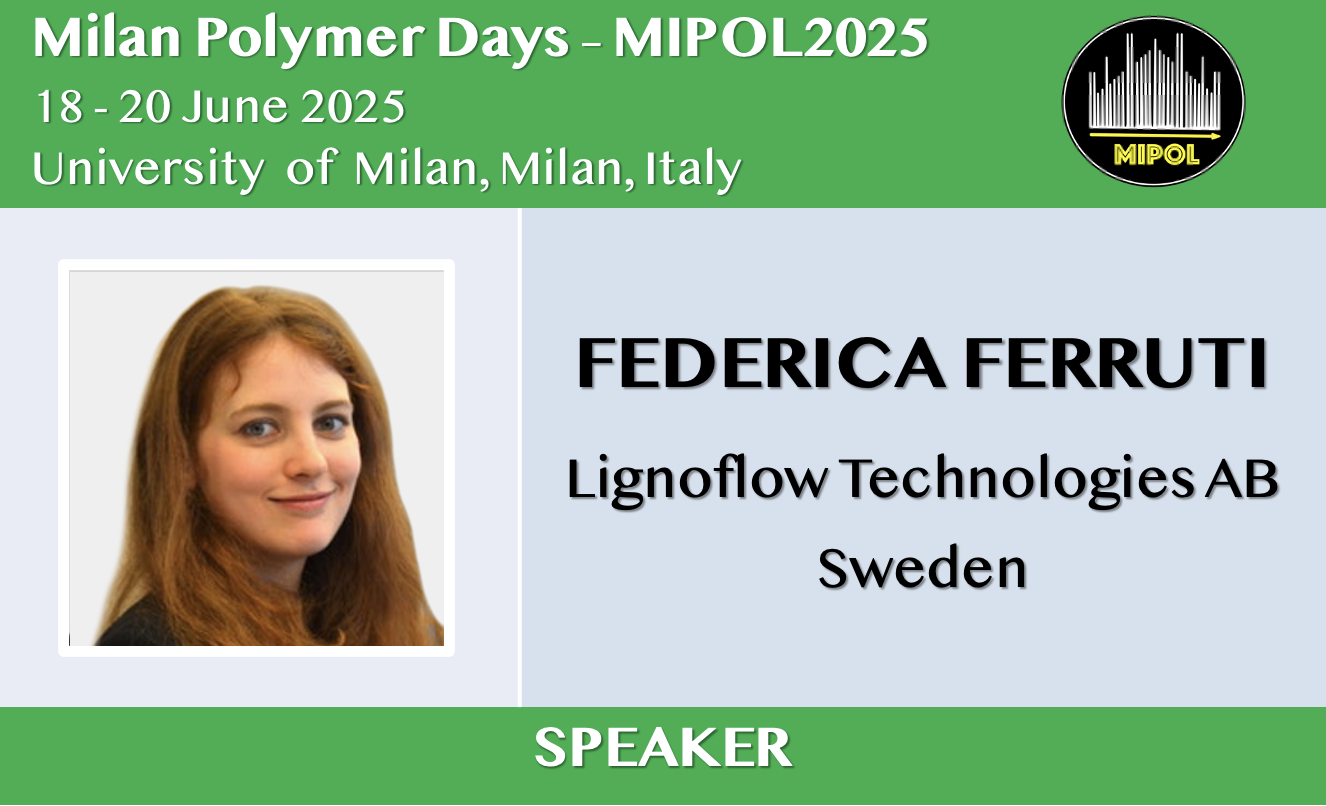Lignin as platform material for safe and sustainable built environments
Abstract

The United Nations Environment Programme has identified the challenges posed by chemicals of concern in the context of products of the building and construction sector, with a particular focus on the impacts on health and safety and on the imperative of increasing circularity [1]. The products considered in the UN report span from building materials to chemicals and formulations used for the installation of building products. Here, we propose industrial lignin as a key material to contribute to the advancement of safe and sustainable technologies in the building sector. This work presents a novel approach for the synthesis of lightweight, biobased aerogels based on abundantly available industrial lignin grades. High-consistency lignin nanoparticle formulations, thoroughly characterized using cryo-TEM and dynamic light scattering, serve as the primary building blocks for the porous network [2]. By fine-tuning the dispersion of these nanoparticles, employing polyelectrolyte complexation with a positively charged biopolymer, and applying a controlled freeze-drying process, we produced rigid aerogels with ultra-low densities of less than 0.01 g/cm³ while maintaining promising mechanical integrity and structural stability, enhanced by oriented fibers revealed by scanning electron microscopy (SEM).
The morphology of the aerogels was further investigated by X-ray computed tomography imaging, which provided three-dimensional insights into pore distribution and connectivity. The resulting lignin-based aerogels exhibit excellent thermal insulation properties, positioning them as sustainable alternatives for applications in construction, improving buildings’ energy efficiency. Another pivotal characteristic of these foams for healthy built environments is their moisture-buffering properties. Thermal insulation and moisture buffering, along with low density, make our foams versatile for applications beyond construction such as functional packaging where these characteristics are required. The potential of lignin-based foams can be further expanded by assessing their acoustic insulation properties. Overall, the lignin aerogels present a lucrative combination that leverages lignin’s unique chemical structure, abundance, and renewability, converting this low-value feedstock into advanced materials and thereby reducing environmental impact.
References
- https://www.unep.org/resources/report/chemicals-concern-building-and-construction-sector
- I. Pylypchuk, M. H. Sipponen Green Chem. 2022, 24, 8705.
Acknowledgments
All the authors acknowledge financial support of VINNOVA for the project TrädForm (2024-02315).

